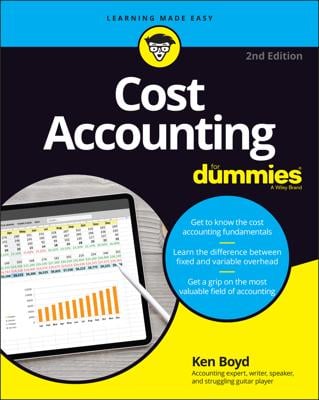Most businesses have to pay certain expenses at the beginning of the year even though they will benefit from that prepaid expense throughout the year. Insurance is a prime example of a prepaid expense. Most insurance companies require you to pay the premium annually at the start of the year even though the value of that insurance protects the company throughout the year.
Suppose your company’s annual car insurance premium is $1,200. You pay that premium in January in order to maintain insurance coverage throughout the year. Showing the full cash expense of your insurance when you prepare your January financial reports would greatly reduce any profit that month and make your financial results look worse than they actually are. That’s no good.
You should record a large expense such as insurance or prepaid rent as an asset called Prepaid Expenses, and then you adjust the value of that asset to reflect that it’s being used up. Your $1,200 annual insurance premium is actually valuable to the company for 12 months, so you calculate the actual expense for insurance by dividing $1,200 by 12, giving you $100 per month.
At the end of each month, you record the use of that asset by preparing an adjusting entry like this:
| Debit | Credit | |
|---|---|---|
| Insurance Expenses | $100 | |
| Prepaid Expenses | $100 | |
| To record insurance expenses for March. |
This entry increases insurance expenses on the income statement and decreases the asset Prepaid Expenses on the balance sheet. No cash changes hands in this entry because cash was laid out when the insurance bill was paid, and the asset account Prepaid Expenses was increased in value at the time the cash was paid.

